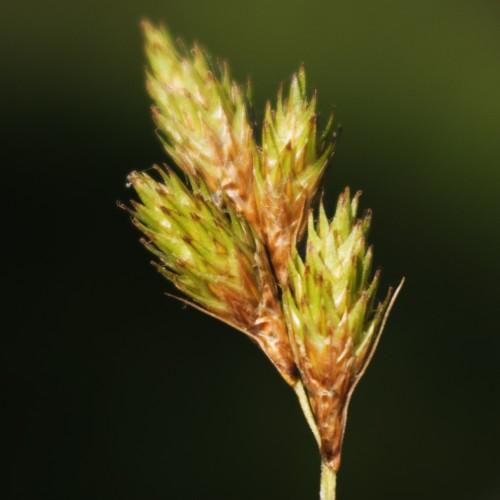
Broom Sedge
Carex scoparia
Also Known As - Pointed Broom Sedge,Lancefruited Oval SedgeWatering:
Frequent
Hardiness Zone:
Flowers:
Flowers
Sun:
full sun,part shade
Fruits:
Fruits Ready In Fall
Leaf:
Yes
Growth Rate:
Low
Drought Tolerant:
Yes
Salt Tolerant:
Yes
Care Level:
Medium
watering
Water Western Single-Spike Sedge (Carex scirpoidea subsp. pseudoscirpoidea) regularly to keep the soil evenly moist. Water the soil at the base of the plant only, avoiding wetting the foliage. Water once or twice a week, depending on temperature, sunlight and soil conditions. Established plants can tolerate drought but will look better with regular moisture. When the weather is hot and dry, increase water frequency to keep the soil from drying out. Make sure there is good drainage in the planting area to prevent root rot.
sunlight
Western Single-Spike Sedge (Carex scirpoidea subsp. pseudoscirpoidea) prefers bright, full sunlight for a good portion of the day. Growers should strive to provide at least 4 to 6 hours of direct sunlight each day, ideally during the morning when the sun is the strongest. If possible, try to position the plant in a spot that will provide it with dappled shade later in the afternoon in order to help protect it from heat stress.
pruning
Western Single-Spike Sedge (Carex scirpoidea subsp. pseudoscirpoidea) should be pruned in early spring or late fall. Pruning the plant should be done to remove dead or dying foliage and to shape desired growth. It can be pruned up to 1-third of its height or width without harming the plant. When pruning, never cut all the way to the base of the plant or the crown of the plant, as this can cause serious injury. Always cut back slowly using sharp, sterile pruning shears.
